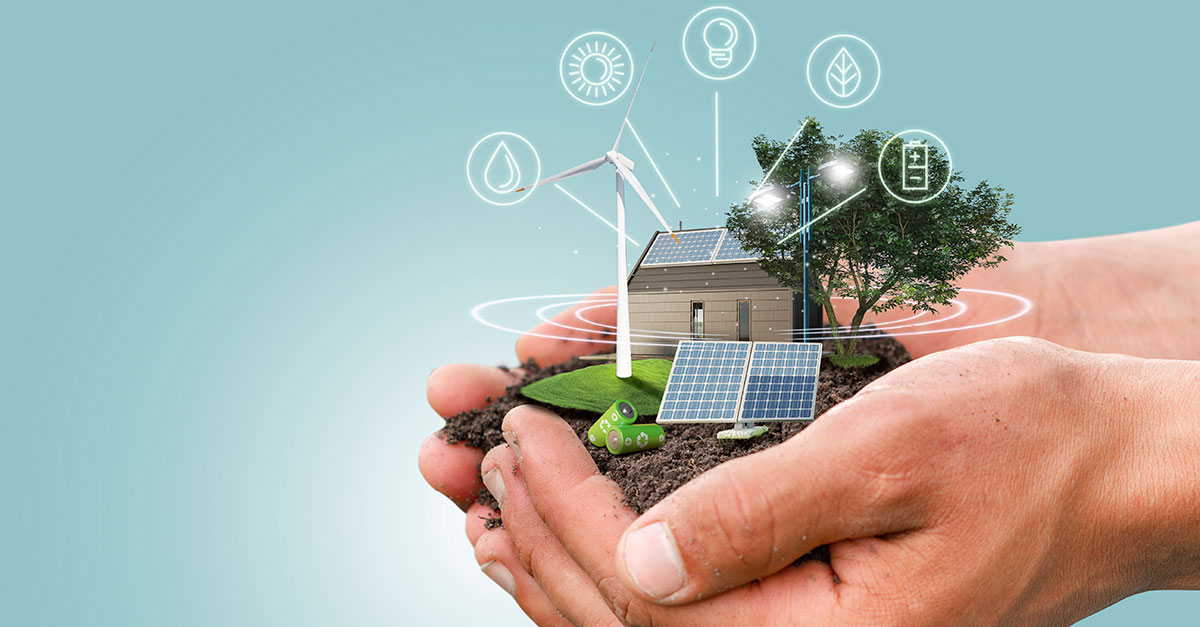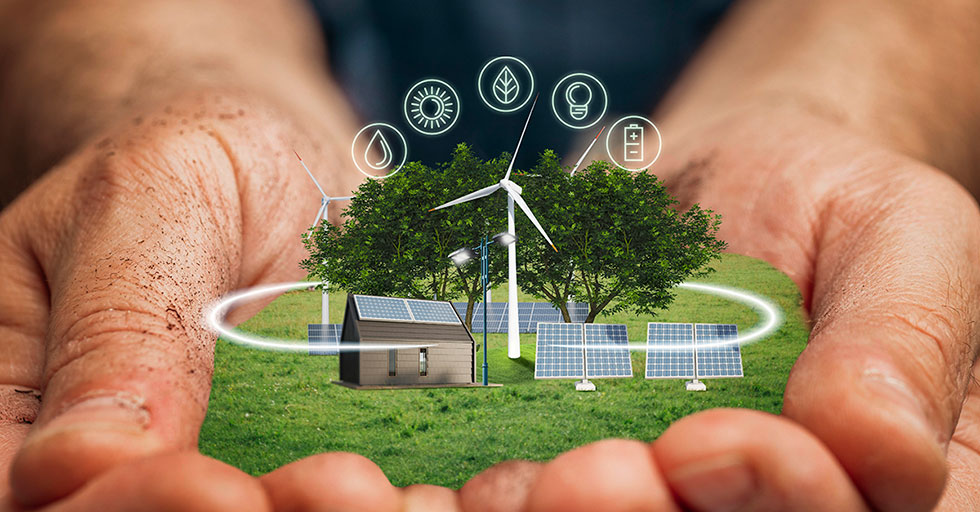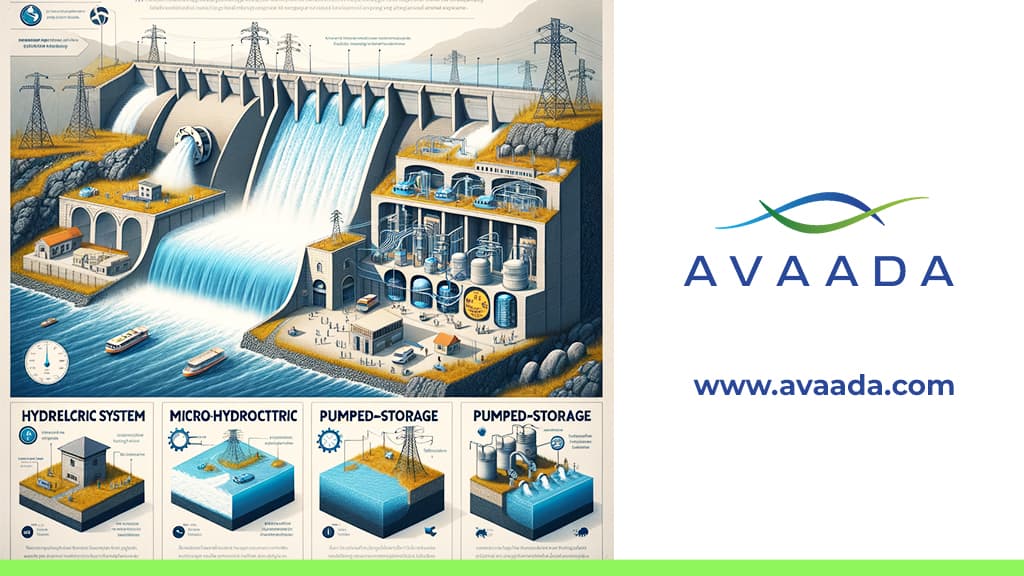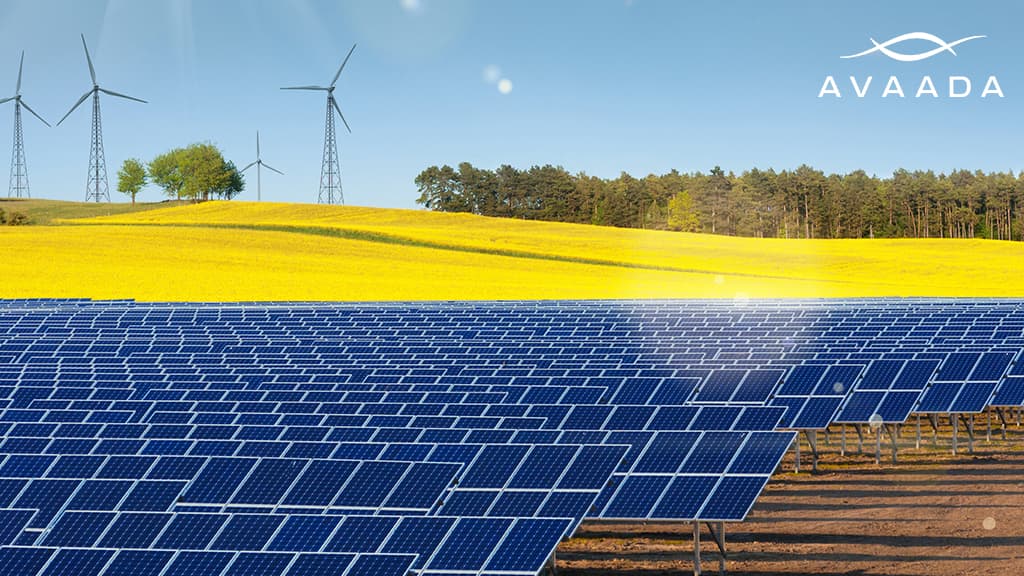Global climate change is escalating, with the year 2023 witnessing record-breaking global temperatures and devastating floods, the need for clean energy solutions has never been more intense. In simple terms, climate change has already cast a long shadow, pleading us to rethink our energy sources and probably shift to an alternative renewable energy. Hence, a glimmer of hope emerges in the form of green hydrogen. Produced with renewable energy sources like solar and wind power, this clean-burning fuel has the potential to decarbonize several hard-to-abate industries and move us closer to a sustainable future.

In this blog, we delve deep into the fundamentals and essentials of green hydrogen, exploring its production process, applications, benefits, and the challenges it faces on the path to widespread adoption aka., the A-Z of green hydrogen.
The Significance of Green Hydrogen in the Battle Against Climate Change
There is a clear need for a clean energy revolution. The Intergovernmental Panel on Climate Change (IPCC) has released a dire report that highlights the need to keep global warming to 1.5°C over pre-industrial levels to prevent disastrous consequences. Fossil fuels need to be phased out as soon as possible as it is the main source of greenhouse gas emissions and that is why green hydrogen is the correct option.
1) Storage of Renewable Energy: Green Hydrogen acts as a great option as renewable energy storage battery, allowing excess solar, wind or hydro power to be stored for later use. To ensure a harmonious supply of energy and integrate renewable energy (RE) sources into the grid, this flexibility is extremely essential.
2) Versatile Applications: The potential of GH2 goes well beyond the generation of electricity. It can power fuel cell cars, transform the steel industry and other industrial processes, and even offer environmentally friendly building heating options. Because of its adaptability, it becomes an essential tool for addressing emissions in a several tough-to-abate sectors.
3) No Emissions: When burned, green hydrogen produced with renewable energy sources like solar power, wind power etc., it produces no greenhouse gases or air pollutants, in contrast to its fossil fuel counterparts, making it the most suitable fuel.

Fundamentals of Green Hydrogen Production
The production of green hydrogen involves a simple process called electrolysis. During electrolysis, an electric current is passed through water, splitting it into hydrogen and oxygen. The electrolysis equation is represented as follows:
2 H2O – O2 + 2 H2
An electrolyte membrane separates the anode and cathode in an electrolyzer, where this reaction takes place. Here, the electrolyzer is powered by renewable energy (RE), which speeds up the breakdown of water molecules into hydrogen and oxygen.
The Worldwide Surge in Green Hydrogen:
Governments and companies, globally, are increasing their investments in the green hydrogen sector as they realize its enormous potential. Here are a few noteworthy developments:
1) Europe: In order to help decarbonize the EU in an economical manner and lessen its reliance on imported fossil fuels, the country has proposed a comprehensive framework to support the uptake of renewable and low-carbon hydrogen through its hydrogen strategy and REPowerEU plan. So, the development of green hydrogen is the EU’s top priority, with a target of 10 million tonnes production and 10 million tonnes import by 2030.
2) Japan: This island nation, which depends largely on imported fossil fuels, is actively exploring green hydrogen solutions and its derivatives with the goal of using it to power 30% of its homes by the year 2050.
3) India: The Indian government has embarked on a transformative initiative known as the National Hydrogen Mission, designed to propel India to the forefront of green hydrogen production and utilization worldwide. This ambitious target underscores the country’s commitment to combating climate change, fostering energy independence, and driving sustainable economic growth.
4) Australia: The country has the world’s largest pipeline and is reviewing its National Hydrogen Strategy, with the goal of becoming a global green hydrogen leader by Since the release of Australia National Hydrogen Strategy in 2019, there has been $127 billion in announced green hydrogen investment in Australia. This includes over 15 projects that have received final investment decisions (FIDs) and more than 80 announced renewable hydrogen projects.
Opportunities and Challenges: Defining the Future of Green Hydrogen
Green hydrogen has a lot of potential, but in order to utilize it to its full potential, we need to overcome a few hiccups such as:
1) Expensive Production: At the present moment, green hydrogen is more costly to produce than its counterparts that traditionally use fossil fuels. However, it is projected that in the upcoming years, the cost will drop up to a certain percentage due to economies of scale and the quick technological development.
2) Public Awareness and Policy Support: Raising public awareness and implementing supportive policies are critical for increasing the overall demand and increase the quick adoption of green hydrogen.
3) Infrastructure Development: By developing the correct infrastructure required for large-scale green hydrogen production, storage, and transportation will be a boon as it will increase the adoption and further help a country export the excess production to other countries.
4) Safety Concern: It is a highly volatile and flammable element, necessitating extensive safety precautions to avoid leakage and explosions.
Conclusion
In conclusion, the magical fuel – green hydrogen, has a huge potential as a clean, versatile, and sustainable energy source. By addressing technical, economic, and regulatory challenges, stakeholders can unleash its transformative power and speed up the transition to a greener, more sustainable energy landscape. As global efforts to combat climate change intensify, green hydrogen is poised to play a critical role in shaping a cleaner and a brighter future for all.
To know more about us get in touch with us: avaada@avaada.com








